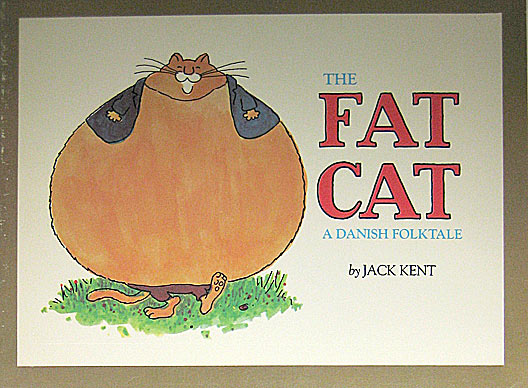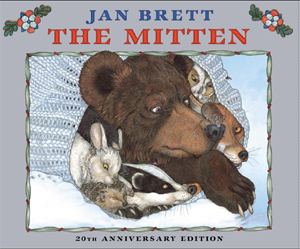Monday, September 26, 2011
Reader's Theater
Here is a link for Reader's Theater scrips to use in the classroom: http://www.teachingheart.net/readerstheater.htm
Fluency
There are four components that make up the definition of fluency: accuracy, rate, prosody, and comprehension. The three components that I kept thinking about when I was reading this article were accuracy, rate, and comprehension. Reading with accuracy is important because if a child reads the miss reads a word in the sentence, the entire sentence is given a different meaning. This then affects the child's comprehension of what was just read. While tutoring a girl this summer getting ready to be in third grade, this situation happened a lot to her. She would try to read really fast because she thought good readers read really fast. She would say the wrong word trying to speed read, which then changed the meaning of the whole sentence. I had to keep reminding her slow down and take her time. When I assured her that it was okay to slow down and not rush through reading, she didn't miss-read any of the words. Once she wasn't rushing anymore she could understand the story much more successfully.


Monday, September 19, 2011
Reading Aloud
While reading this weeks article by NAEYC & IRA, I felt like I responded the most the the section about reading aloud to children. In this article it says "The single most important activity for building these understandings and skills essential for reading success appears to be reading aloud to children (Wells 1985; Bus, Van Ijzendoorn, & Pellegrini 1995). After taking Information Sciences 330, I think I definitely agree with this statement. Before a child can read they are often read to. Stories contain a wider range of vocabulary than a normal conversation would have. Asking questions throughout a read aloud story can help support a child's comprehension of the story. Children enjoy talking about a story after the book is finished and this helps develop their communication skills as well. When children are read to, they develop listening skills, vocabulary, and memory skills. They also establish a positive attitude towards reading. Here are a few examples of great read alouds that my Information Sciences 330 teacher suggested:









These are just a few examples of great read alouds. Some of the types of stories that make great read alouds are common stories in different versions, stories with patterns, interactive stories, and rhyming stories.
Jan Brett the author who wrote has a great website of activities to do with her books: Jan Brett's website
has a great website of activities to do with her books: Jan Brett's website




These are just a few examples of great read alouds. Some of the types of stories that make great read alouds are common stories in different versions, stories with patterns, interactive stories, and rhyming stories.
Jan Brett the author who wrote
 has a great website of activities to do with her books: Jan Brett's website
has a great website of activities to do with her books: Jan Brett's website
Friday, September 9, 2011
Emergent Literacy
When children come to school to start kindergarten, they bring their previous literacy experiences. No one child has the same level of exposure to literacy. Teachers need to prepare for all sorts of literary backgrounds. I really enjoyed the article by Bell & Jarvis (2002). I thought that this article had some great approaches and ways of thinking about reading and writing. I especially liked the part about showing children that they could already read, that reading was about making sense of things, and showing children how to use the words they already know. I also really responded to the part about showing children the different ways to write. I think that this method of teaching shows the children that every single one of them are writers and gives them the confidence to be able to express themselves.
These are some of the writing forms you might see as a teacher.
Subscribe to:
Comments (Atom)